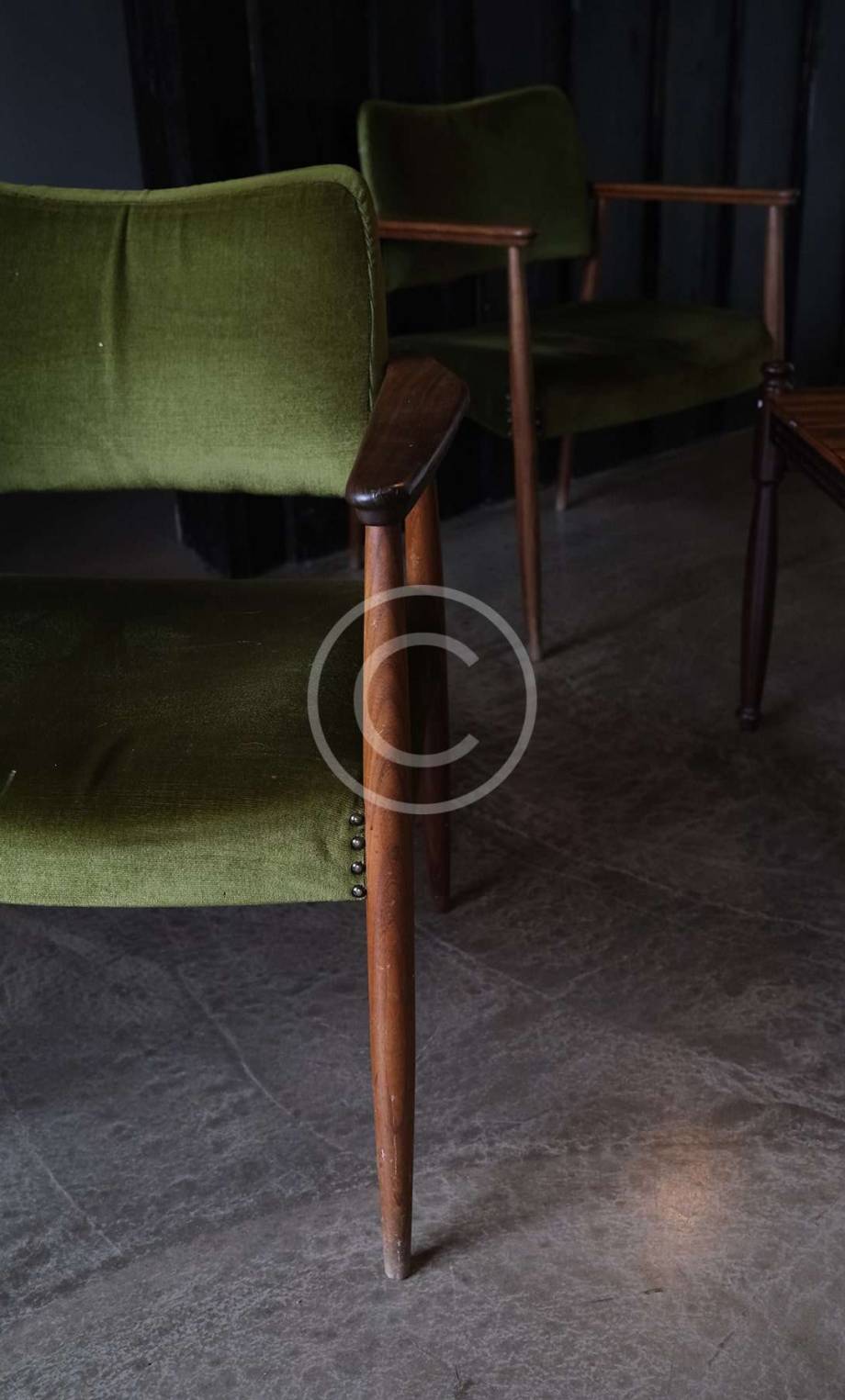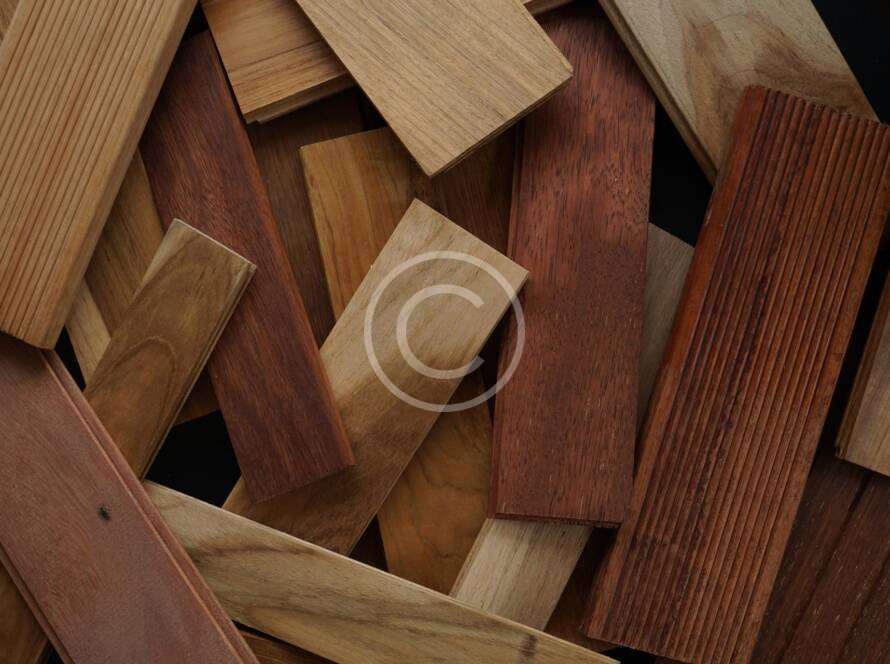Start Here
Welcome to Chanting Drone Flutes! Whether you’re a first-time visitor, a beginner eager to embark on your flute-playing journey, or an experienced musician seeking to deepen your connection with the Native American-style flute, this section is designed to guide you every step of the way.
Explore the resources below to find the information that suits your needs:
Which Flute to Choose – Find the perfect flute based on your experience level, hand size, and musical goals.
How to Play the Flute – Learn the basics of playing, including breath control, finger placement, and simple melodies.
Flute Care and Maintenance – Keep your flute in top condition with proper cleaning and storage techniques.
Recording Your Flute Music – Get started with recording your flute music, from basic setups to achieving professional sound quality.


Which Flute to choose
Selecting the right flute is an important step in your musical journey. Here are key factors to consider:
1. Skill Level
Beginners: If you’re just starting out, a mid-range flute in the key of A or G is a great choice. These flutes are easier to play, have comfortable finger spacing, and produce a warm, soothing sound.
Intermediate to Advanced Players: If you already have experience, you might explore flutes in different keys, such as F# (deeper tone) or high C (brighter sound) to expand your musical range.
2. Hand Size & Finger Spacing
Small to Medium Hands: Look for flutes with closer finger hole spacing, such as those in the key of A, G, or F#.
Large Hands: If you have larger hands or longer fingers, a deeper-toned flute like an E or D flute may be more comfortable.
3. Purpose of Playing
Meditation & Healing: Lower-toned flutes, like F# or E, create deep, resonant tones perfect for relaxation and sound healing.
Performance & Recording: Mid to high-tone flutes (A, G, C) project well and blend beautifully in musical compositions.
4. Sound Samples
To help you choose, listen to sound samples of different flutes. Each key has its own unique character—some are calming and deep, while others are bright and uplifting. (Include embedded audio samples here.)
How to play the flute
Learning to play the Native-style flute is an intuitive and rewarding experience. Here’s a step-by-step guide to get started:
1. Basic Techniques
Breath Control: Inhale deeply and exhale smoothly into the flute, allowing the sound to flow naturally.
Finger Placement: Cover the holes completely with your fingertips to avoid air leaks.
Posture: Hold the flute at a comfortable angle, allowing for relaxed hand movement.
2. Playing Your First Notes
Begin by playing long, steady notes, feeling the vibration and resonance of the flute.
Experiment with lifting one finger at a time to create simple melodies.
Practice smooth transitions between notes to develop fluidity in your playing.
3. Simple Melodies & Improvisation
Start with basic scale exercises to familiarize yourself with the flute’s range.
Try playing along with nature sounds or background music to enhance your improvisation skills.
Experiment with breath dynamics to add emotion and expression to your playing.
4. Instructional Videos
For a visual guide, check out our video tutorials demonstrating essential techniques and beginner-friendly songs. (Embed videos or provide links.)
Flute Care and Maintenance
Proper maintenance ensures your flute remains a cherished companion for years to come. Follow these guidelines:
1. Cleaning Your Flute
After playing, gently wipe the inside of the flute with a soft cloth or a cleaning rod to remove moisture.
Avoid using harsh chemicals—natural wood oils work best for conditioning.
2. Storage Guidelines
Store your flute in a dry, cool place, away from direct sunlight and extreme temperatures.
Keep it in a soft case or flute stand to protect it from dust and damage.
3. Oiling & Maintenance
If your flute is made of natural wood, apply a light coat of flute oil every few months to prevent cracking.
Check for any signs of wear or air leaks and make adjustments as needed.
4. Common Issues & Solutions
Flute sounds airy? Check for air leaks around the finger holes and ensure they are fully covered.
Breathy or weak sound? Adjust your breath pressure and ensure the flute’s internal airway is clear of moisture.
Recording Your Flute Music
Capturing the melodies you create allows you to share and reflect on your musical journey. Here’s how to get started:
1. Basic Recording Setup
Smartphone Applications: Utilize voice memo apps or dedicated recording applications to capture your playing.
Positioning: Place your recording device approximately 24 inches from the flute, aligned with its middle section, to achieve a balanced sound.
2. Enhancing Audio Quality
Environment: Experiment with different spaces, such as rooms with natural reverb, to find a sound that complements your playing.
Editing Tools: Explore basic editing features to trim recordings and apply effects like reverb for a polished result.
3. Sharing Your Music
Platforms: Share your recordings on social media, music platforms, or with friends and family to showcase your progress and receive feedback.
Community Engagement: Join flute-playing communities to connect with fellow enthusiasts, share recordings, and learn from others.
High-quality carpentry services and products, delivered with excellence, precision and pride
Peter Bowman
Creative Director
Wooden products
Adipiscing elit, sed do eiusmod tempor incididunt labore dolore magna aliqua. Ut enim ad minim veniam, quis nostrud exercitation ullamco.
Adipiscing elit, sed do eiusmod tempor incididunt labore dolore magna aliqua. Ut enim ad minim veniam, quis nostrud exercitation ullamco.
Adipiscing elit, sed do eiusmod tempor incididunt labore dolore magna aliqua. Ut enim ad minim veniam, quis nostrud exercitation ullamco.





